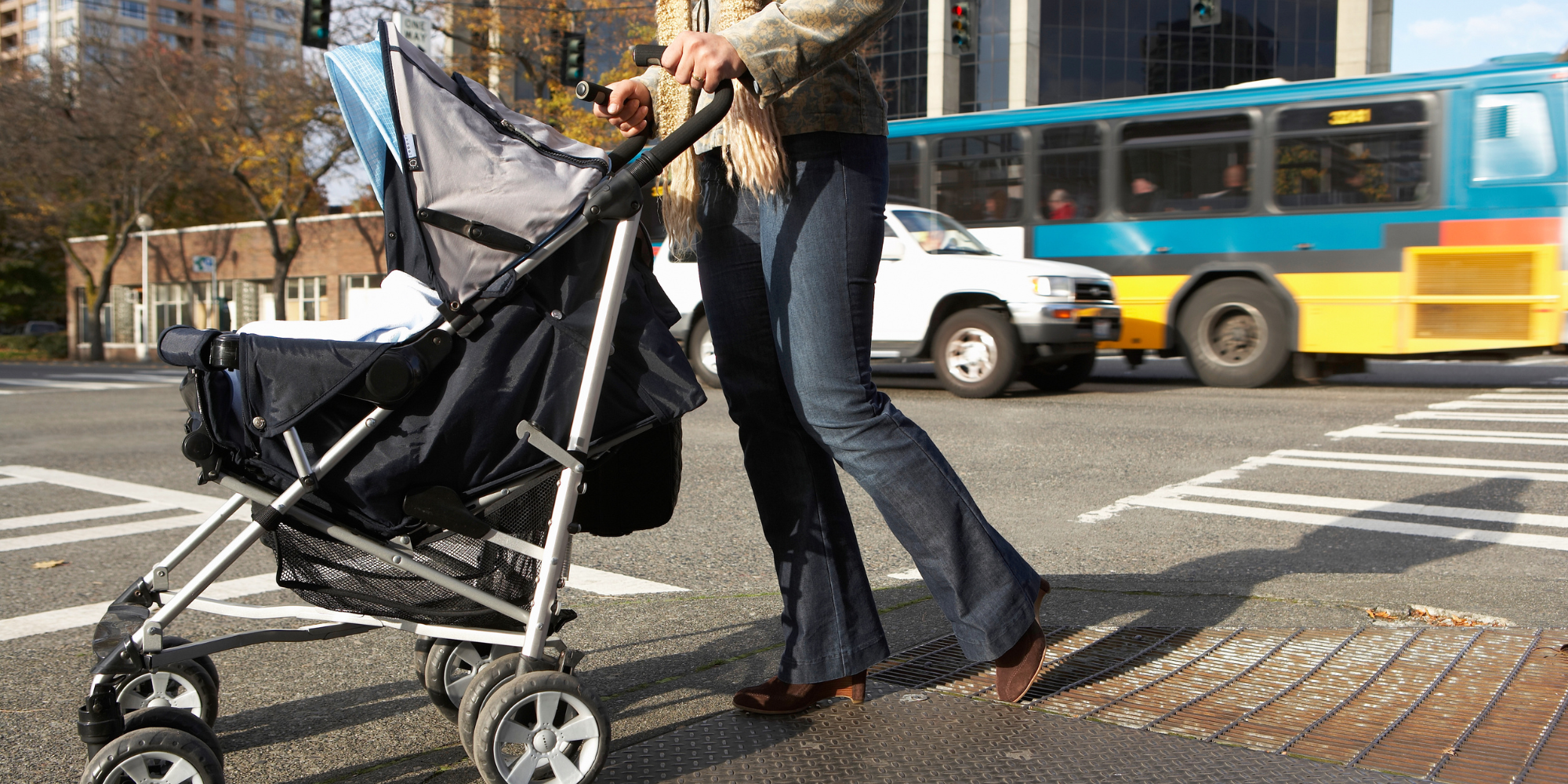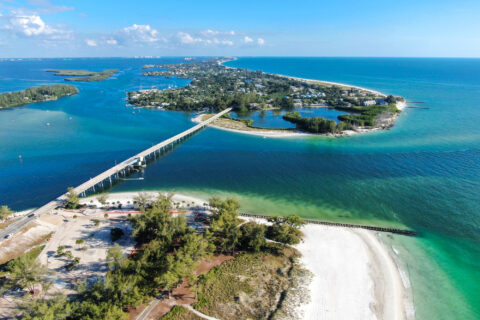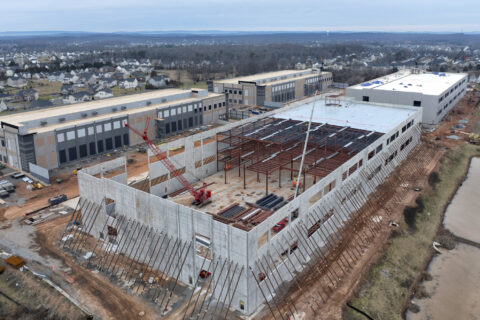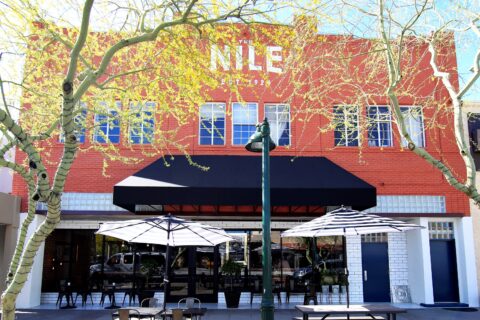Road safety projects can save lives, and 500 local leaders are getting the chance to speed up their safety projects for their communities.
The U.S. Department of Transportation (USDOT) announced more than 500 local governments won awards in the first round of new Safe Streets and Roads for All (SS4A) grants. This round of SS4A grants invests $800 million in total funding to local governments to improve road safety and reduce traffic fatalities. With this unprecedented $5 billion over five years in local safety funding from the Bipartisan Infrastructure Law, cities are now able to get federal support for road safety planning and projects that can save lives.
The 510 grants are split between action plan grants and implementation grants. There are 473 action plan grant winners and 231 cities, towns, and villages were leads on these applications. Safety planning grants will provide road safety plans for over half of the nation’s population which is quite an impressive level of reach into our country with one federal program. Of the 37 implementation grants awarded, cities that have been working to address safety issues and were ready to get to work on implementation projects won 24 of those grants. Some of these implementation projects include:
- City of San Antonio, Texas, to install eight mid-block crossings with pedestrian refuge islands and pedestrian hybrid beacons on Zarzamora Street in the city’s historically underserved Westside. Find out more.
- City of Detroit, Michigan, to redesign existing transportation infrastructure in high crash areas and places with inadequate pedestrian infrastructure to focus on pedestrian and bicycle safety, and safer speeds for vehicle traffic. Find out more.
- City of Charlotte, North Carolina, to help implement the city’s Vision Zero strategies to reduce risky roadway behavior through infrastructure improvements, with a focus on safer intersections and pedestrian-involved crashes. Find out more.
Action Plans for Safer Streets
Action plan grants assist communities that do not currently have a roadway safety plan in place to reduce roadway fatalities, laying the groundwork for a comprehensive set of actions. This can be a beginning point for cities in making their roads and sidewalks safer. The safety plans awarded include:
- The City of Ferndale, Michigan was awarded $385,000 for their regional action plan to address multi-jurisdictional planning on 9 Mile Road, which cuts through six cities and intersects through the heart of downtown Ferndale and Woodward Avenue. The intersection between 9 Mile Road and Woodward Avenue is a connection point for 500,000 residents; 200,000 housing units; 300,000 jobs; and 35,000 businesses.
- New Martinsville, West Virginia, was awarded $250,000 in grants funds to begin their Vision Zero Action Plan working in collaboration with the Belomar Regional Council to improve their roads and sidewalks.
- The City of Ontario, Oregon, was awarded $280,000 for the “City of Ontario Safe Streets and Roads for All Action Plan.” The city will end up doing a comprehensive study on safety issues, which will include the police department providing reports. The project will be put out to bid for a consultant.
Implementation Safety Grants
Implementation grants provide funding for communities to implement strategies and projects that will reduce or eliminate transportation-related fatalities and serious injuries. Here are few of the dedicated communities that are making their cities’ road and sidewalk systems safer through projects:
- The City of Milwaukee, Wisconsin, received an award of $4,400,000 to implement multimodal safety improvements at approximately 26 intersections along 5 corridors in the City’s high-injury network. The project will address safety concerns for all road users, especially for pedestrians and cyclists, utilizing the intersections. Currently, the intersections have high-risk features such as dated pedestrian facilities, skewed intersections, intersections with five-plus legs, and lack of accessible pedestrian signals. The project’s safety countermeasures include installing high-visibility markings, upgrading traffic signal equipment, making intersections ADA-compliant, realigning skewed intersections, closing approaches on five-plus-legged intersections, applying road diets, and installing accessible pedestrian signals. “Safe streets are vital to our quality of life. This federal resource will lead to greater safety for pedestrians, bicyclists, scooter riders and stroller pushers throughout these neighborhoods” – Mayor Cavalier Johnson.
- The City of Gainesville, Florida, will see $8,000,000 in an award to convert approximately 4.15 miles of University Avenue to a complete street using proven safety countermeasures to reduce crashes and improve safety and visibility, particularly for pedestrians and bicyclists. University Avenue was a hotspot for pedestrian and bicyclist crashes between 2015 and 2019. The project will improve safety by narrowing and repurposing vehicle lanes from four lanes to two lanes; converting undivided segments to divided roadways; and installing a buffered two-way cycle track, mid-block and minor street high-visibility marked crosswalks, mid-block pedestrian refuge islands, and raised crosswalks or speed bumps. The project will also enhance signal timing with leading pedestrian intervals, exclusive pedestrian phases, and protected turning phases.“I’m thrilled to continue to work with the Biden administration on projects like this that will save lives and make Gainesville work better for all our neighbors” – Mayor Harvey Ward.
- The City of Salisbury, Maryland, was awarded $11,753,587 to implement a rapid overhaul and traffic calming of City-owned arterials and collector roads. This project features multiple proven safety countermeasures, including constructing approximately 21 miles of sidewalk infill segments on collectors and arterials, nearly 4.5 miles of side paths along arterial streets to infill gaps in the network, around 100 new high-visibility crosswalks or crosswalks upgraded to high-visibility styles, close to a dozen crosswalks upgraded with beacons, pedestrian signals at multiple intersections, miles of bikeways, numerous streets and intersections calmed to prevent excessive speeds, and approximately 160 intersections with permanent or interim curb extensions. “We are working to create a safer Salisbury for everyone who uses our roadways, and this grant will get us there. Thank you to the Department of Transportation and U.S. Secretary of Transportation Pete Buttigieg for this generous funding.” – Mayor Jack Heath.
How to Increase Road Safety in Your Community
Prepare now for the next round of SS4A.
If your community missed this round of funding, your next opportunity is coming up soon with a new Notice of Funding Opportunity (NOFO) expected in April 2023. Cities, towns, and villages that applied but did not receive a grant should reach out to DOT to learn where they may have missed points in the first round of applications. Municipalities that may have missed out on the first round of funding should mark the April date on their calendars now and look at the previous NOFO to begin preparing for the next round of funding.
NLC’s Local Infrastructure Hub is currently working with a cohort of municipalities on SS4A and some materials will be available online. These resources may be helpful in completing an application.
Join USDOT’s Call to Action on Road Safety.
The USDOT has created an interactive story map titled, “Our Nation’s Roadway Safety Crisis”. The interactive includes data-visualization maps that show fatal motor vehicle crash hotspots, county level fatalities compared to the national average, the relationship between fatality rates and population size, historically disadvantaged communities, and progress towards the USDOT’s Vision Zero goals. The data contained in these visualizations can be useful to municipal leaders interested in applying for SS4A grants, working on road safety plans, or implementing safety into their communities.
Join the NLC Safety First Challenge.
Municipal leaders should also take advantage of NLC’s Safety First Challenge. Joining the group will allow your city, town or village to join a coalition of other local leaders working to make their communities safety.
Participants can learn about topics such as the Safe Systems approach which is foundational to both SS4A grants. The Challenge is free for cities, towns and villages to join and participants can include city officials, transportation leaders for cities, as well as planners or city grant writers working to secure safety grants who want to hear the latest updates from USDOT on safety and from other cities make safety strides.












